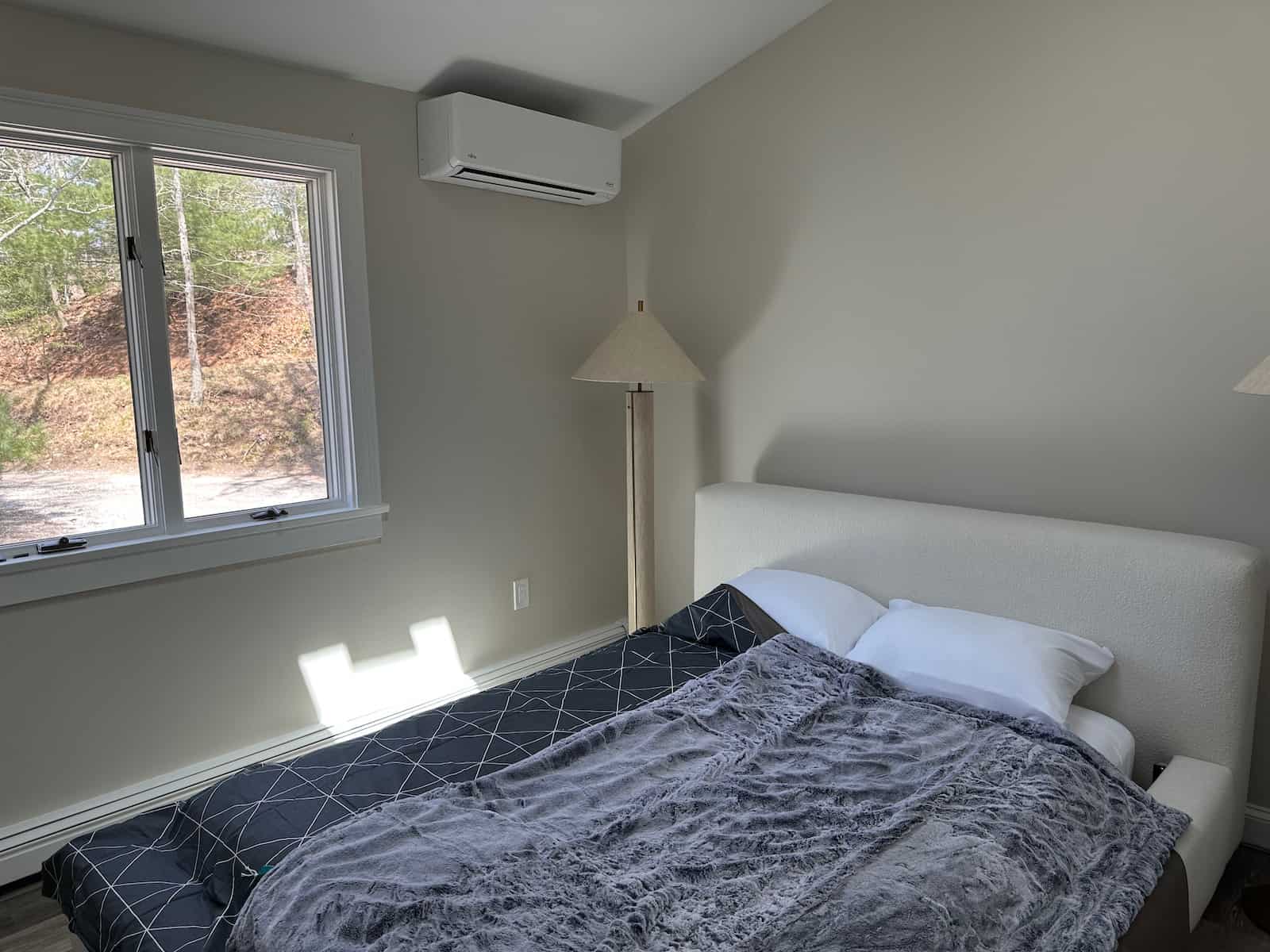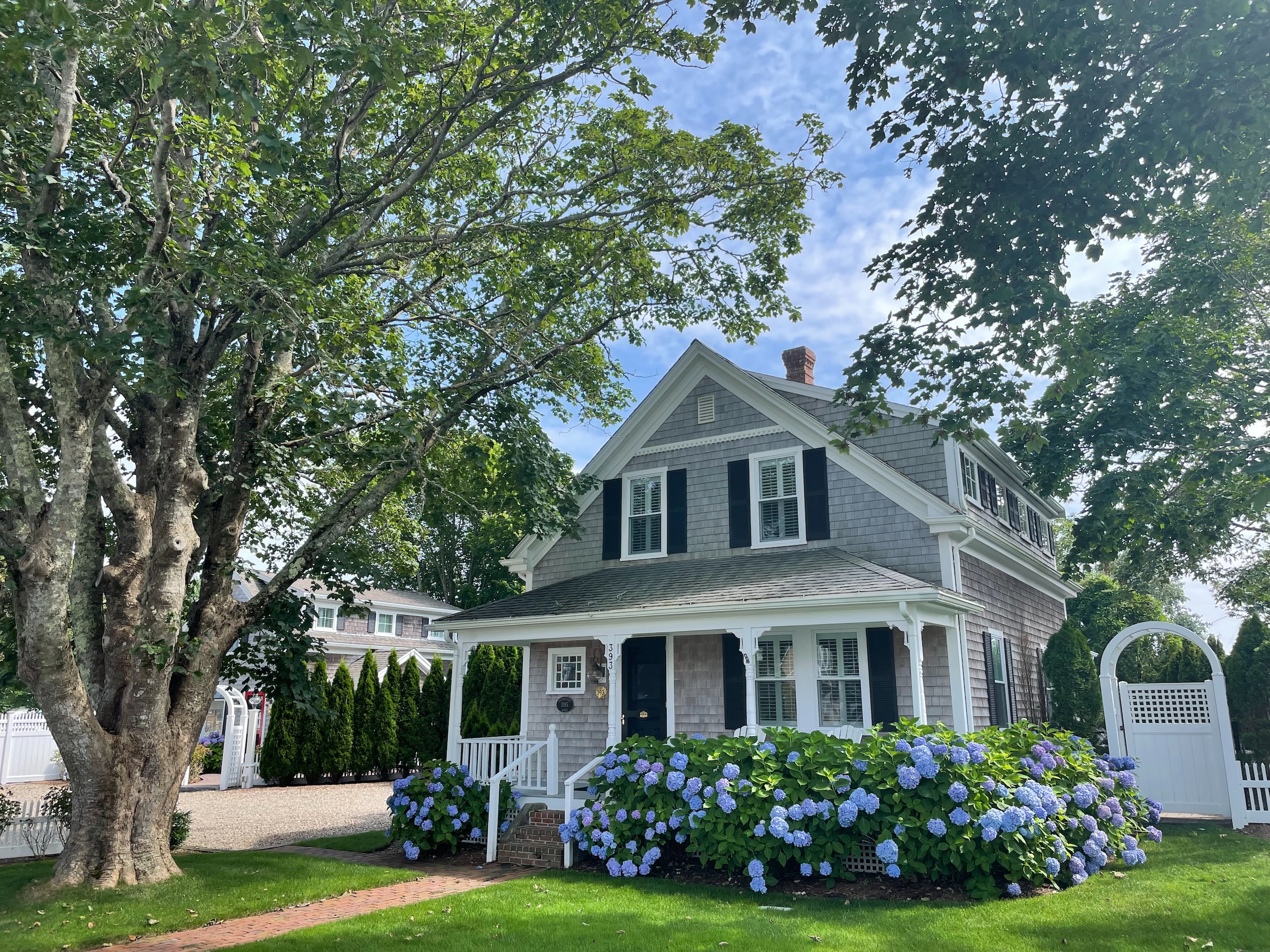At the end of the day, any heating or cooling system needs to make your home base more comfortable. You want every room, for every person, at any time of day to be the right temperature. In an area like New England which has increasingly hot summers and cold winters, your HVAC system is mission critical.
Choosing between traditional solutions like ducted HVAC (also known as central heating & air conditioning) and modern options like ductless HVAC (also known as mini-splits and sometimes heat pumps) doesn’t need to be complicated, especially when you put comfort first. Both systems have strengths and weaknesses.
Efficiency is important, but the day-to-day experience matters, too. Let's look at how these systems function and the impact they have on your daily comfort, specifically considering the unique climate of Boston and the broader New England region.
Ducted Systems: The Traditional Way
Ducted systems are the tried-and-true warriors of HVAC. This central heating and cooling approach, relies on workhorse appliances, like AC units and furnaces, to generate hot and cold air.
A network of (usually) hidden ducts distributes the cooled or warmed air throughout your house. These ducts snake through walls and ceilings, ideally delivering consistent temperature control.
There are significant drawbacks to these systems, and some strengths worth considering.
Life with Ducted HVAC
Pros
- Centralized control: a central heating and cooling system typically has one thermostat which controls everything. This makes it easy to adjust the whole house at once. These adjustments, if you’re doing them manually, typically happen a few times a day — when you wake up, when you leave the house, when you get home, and when you go to bed.
- Hidden integration: ductwork is usually hidden, except for the air intakes and vents themselves. This allows for a clean aesthetic with most of the system hidden behind walls and in the attic.
- Great in well-insulated homes: For well-insulated homes, especially those built after the 1980s with stricter energy codes, ducted systems can be effective at distributing warm and cool air throughout the house. At least until the ducts start leaking…
Cons
- Limited control: the only way to control temperature in zones is to install more air conditioners or furnaces and additional air handlers. A two-zone home is fairly efficient, where the bedrooms are on one zone and the living areas on another. It’s expensive to have two AC units and furnaces, though.
- Retrofitting older homes: many Boston-area homes, especially those with beautiful old architecture, were built before central air conditioning was commonplace. Retrofitting these homes with ductwork can be a particularly messy and expensive undertaking, due to the maze of existing plumbing, electrical, and structural elements.
- Maintenance: Ducts can leak air and accumulate dust, thus requiring periodic maintenance. Duct cleaning is important in New England, where harsh winters can lead to condensation issues within ducts.

Ductless Systems: Targeted Comfort for the Modern (and Historic) Home
Ductless systems, also known as mini-splits, take a more personalized approach to climate control. Climate control can be set room by room, so that every member of the family can be comfortable.
Each zone has its own (mini) air handling unit mounted on the wall, connected to a discreet outdoor condenser (often a heat pump).
Life with Ductless HVAC
Pros
- Indoor microclimates: wish you could have a toasty bathroom on a chilly morning while the rest of the house maintains a cooler temperature? Perfect for New England's unpredictable weather patterns. Want to spend time in a west-facing room with a lot of windows in the afternoon? Now you can cool it down without having to chill the whole house.
- Install them anywhere: Without the need for ductwork, ductless systems are perfect for those charming Boston-area brownstones or capes lacking pre-existing ductwork. Installation is generally faster and less disruptive than traditional systems.
- Free up floor space: ditch the bulky, standalone heaters and air conditioners. Wall-mounted air handlers free up valuable floor space, making them ideal for smaller, often compact rooms found in many New England homes.
Cons
- They’re highly visible: some may find the indoor units visually distracting. Clever DIYers can build features to hide the mini-split air handler and let the HVAC blend into the room, but these aesthetic enhancements don’t come standard.
- Thermostats everywhere: while the benefit of remote controls (and phone-based apps) makes managing multiple room temps easier, it still might require a bit more effort.
- Open floor plan woes: large, open floor plans, which are less common in New England homes, are more challenging to heat and cool with mini-splits (but they are super useful in the hot kitchen area of those great rooms).
Finding Your Ideal HVAC Match
When it comes to choosing the perfect HVAC system for your home, a blend of factors come into play: your priorities, the specifics of your house, and even the charm of its construction.

Modern Comfort for Your Boston Home
Centralized Comfort and Streamlined Design (For Newer Homes): If a streamlined aesthetic and one-touch temperature control are your top priorities, and your home is well-insulated and built after the 1980s, then a ducted system can be a good choice. This approach offers discreet climate control without visible units on your walls.
Functional Flexibility for Personalized Needs (Great for Historic Homes): Ductless mini-splits are a perfect solution for those who crave individual climate control or have an older home with no existing ductwork.
While some may find the modern look of the indoor units less than ideal for historic settings, their functionality is undeniable. They provide energy-efficient comfort without the need for disruptive ductwork installation, preserving the character of your historic Boston home.
Plus, ductless systems are ideal for New England's distinct seasons. You can cool specific areas during the sweltering summer months and enjoy efficient heating in those chilly New England winters.

Photo by Amanda Macedo on Unsplash
Balancing Aesthetics and Functionality
Finding the right balance between aesthetics and functionality is crucial, especially for historic homes.
Preserving historic charm: if you have a beautiful historic home, and maintaining its architectural integrity is a priority, then the potential aesthetic drawbacks of ductless mini-split units might be a concern.
Consulting an HVAC professional like the mini-split specialists at Home Mechanics, experienced in working with historic homes, can help you explore creative placement options to minimize the visual impact of the indoor units.
A system for all seasons: New England's distinct seasons demand a versatile HVAC system. Ductless systems can be particularly attractive, as you can cool specific areas during the summer and provide efficient zone heating during the winter. This allows you to tailor comfort to your needs and potentially save energy by not heating or cooling unused rooms.
Ultimately, the best system for your home depends on your priorities and the unique characteristics of your space. By understanding the advantages and considerations of both ducted and ductless systems, you can make an informed decision to achieve year-round comfort in your charming Boston home.

In Chelmsford, many residents can leverage Mass Save rebates and incentives to further offset the cost of installing a ductless mini-split system.
By consulting with a qualified Chelmsford HVAC contractor specializing in mini-splits, you can determine if this innovative technology is the right choice for your home comfort needs.


